Source: https://medium.com/@ElizAyer/dont-ask-forgiveness-radiate-intent-d36fd22393a3
Here are 4 reasons that radiating intent is better than begging forgiveness:
- Radiating intent gives a chance for someone to stop you before you do a thing, in case it’s truly harmful
- Radiating intent gives people who have information, or want to help, an opening to participate
- Radiating intent leaves better evidence of your good will
- Radiating intent shows others that adventurous behavior is acceptable in the org.
Radiating intent also has the advantage over asking permission that the “radiator” keeps responsibility if things go sour. It doesn’t transfer the blame the way seeking permission does, which is good. We should be responsible for our choices.
An example of radiating: I recently spent a day working from Canada. I’m still not sure if it was allowed, but I mentioned it to my supervisor. I mentioned it to my supervisor’s supervisor. I mentioned it to more than a few colleagues. One of them told me I could request permission for my work phone to be used internationally. I did this. It worked. There were many chances for a slow-mo “Noooooooooo” if this travel was going to cause a problem.

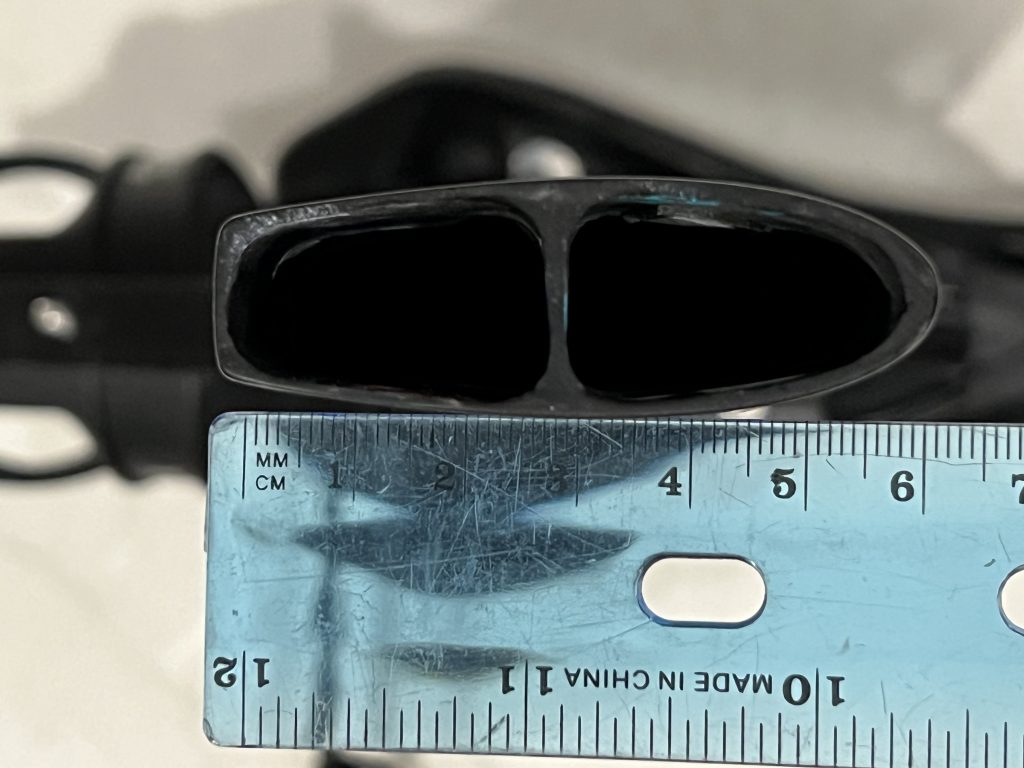
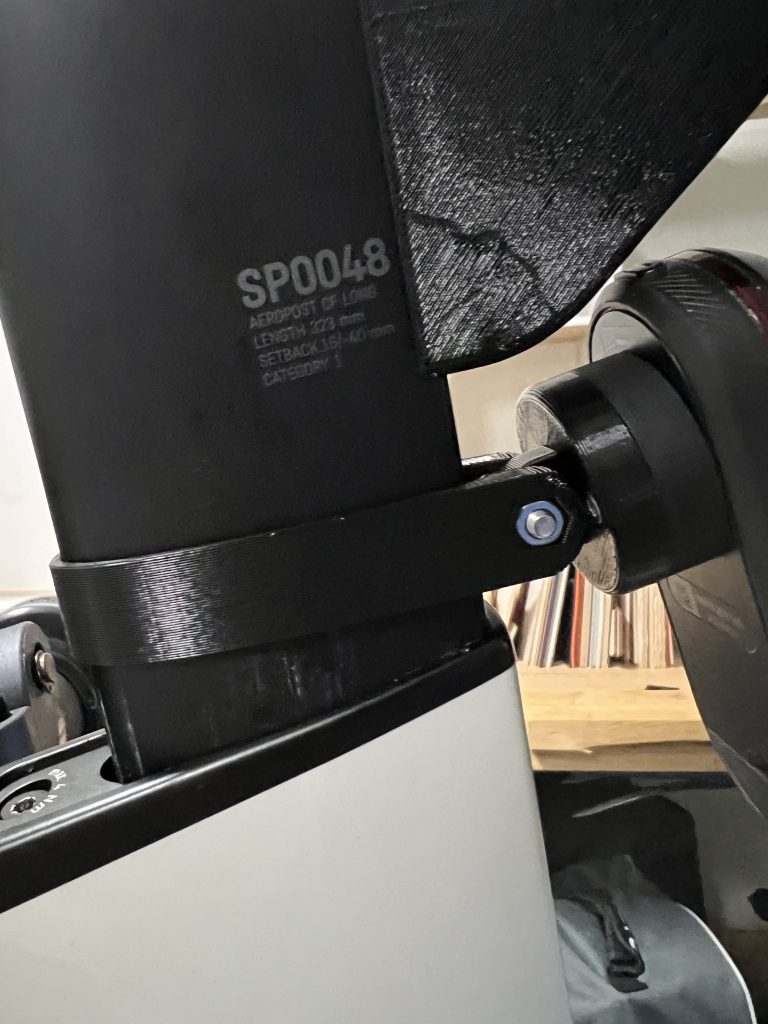
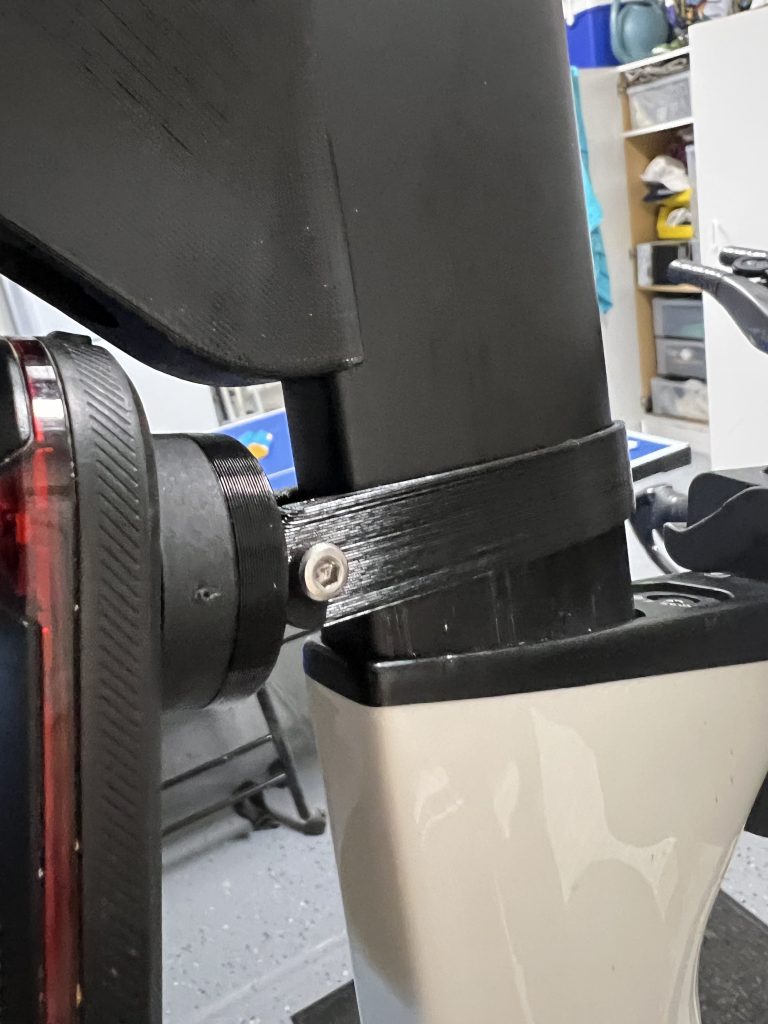
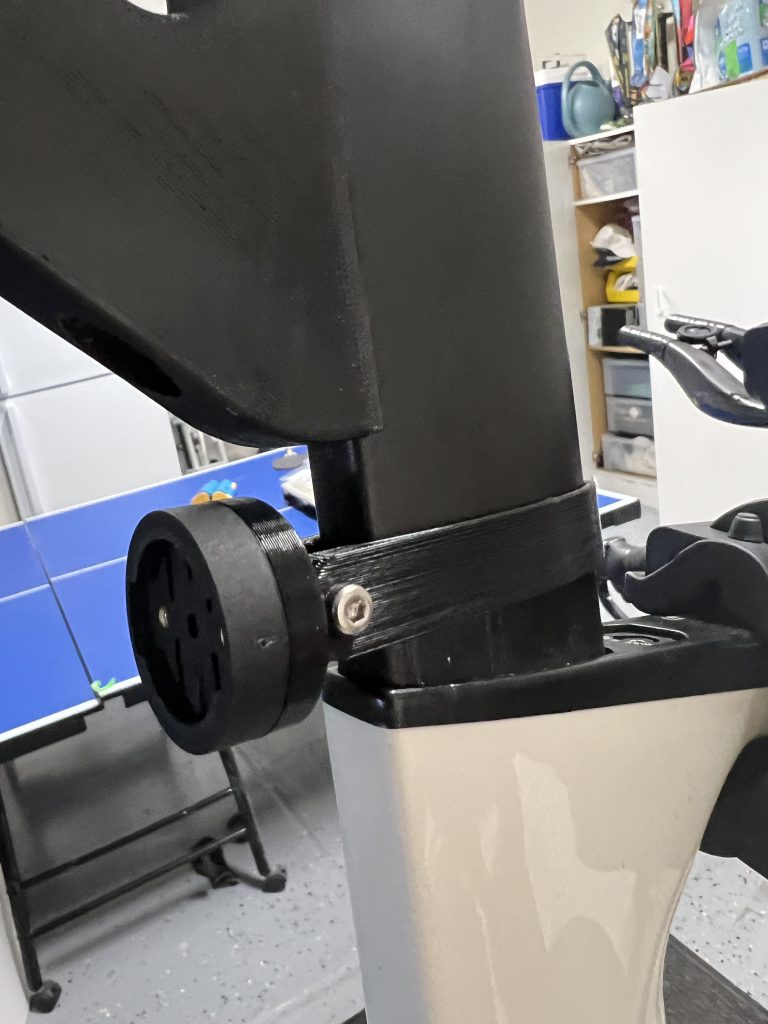
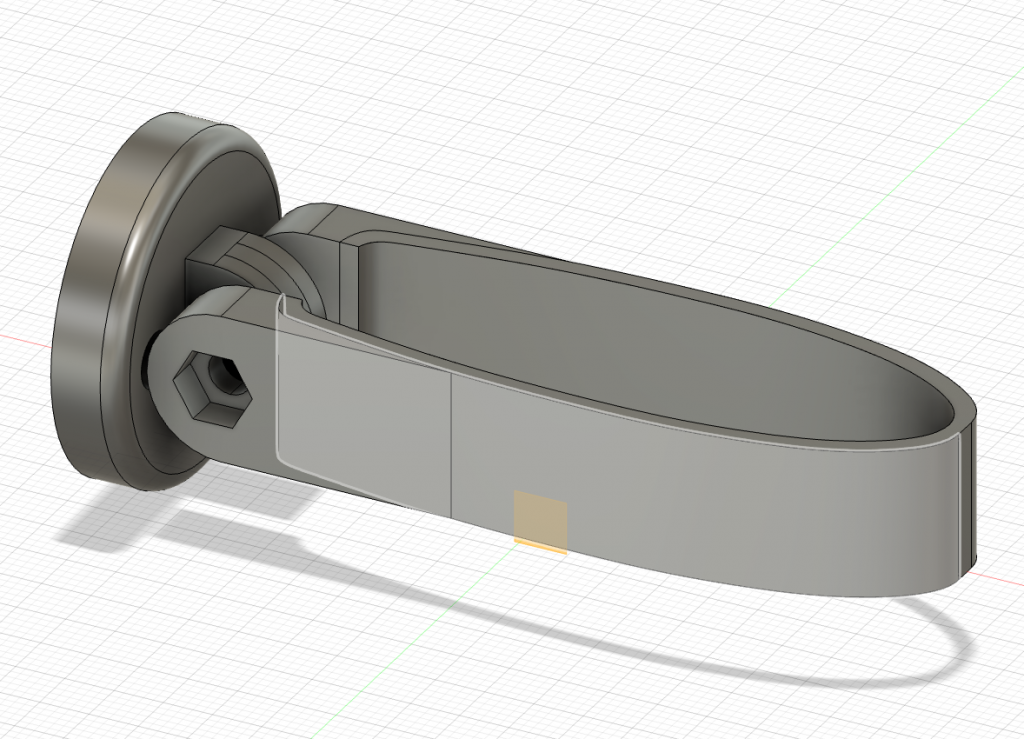


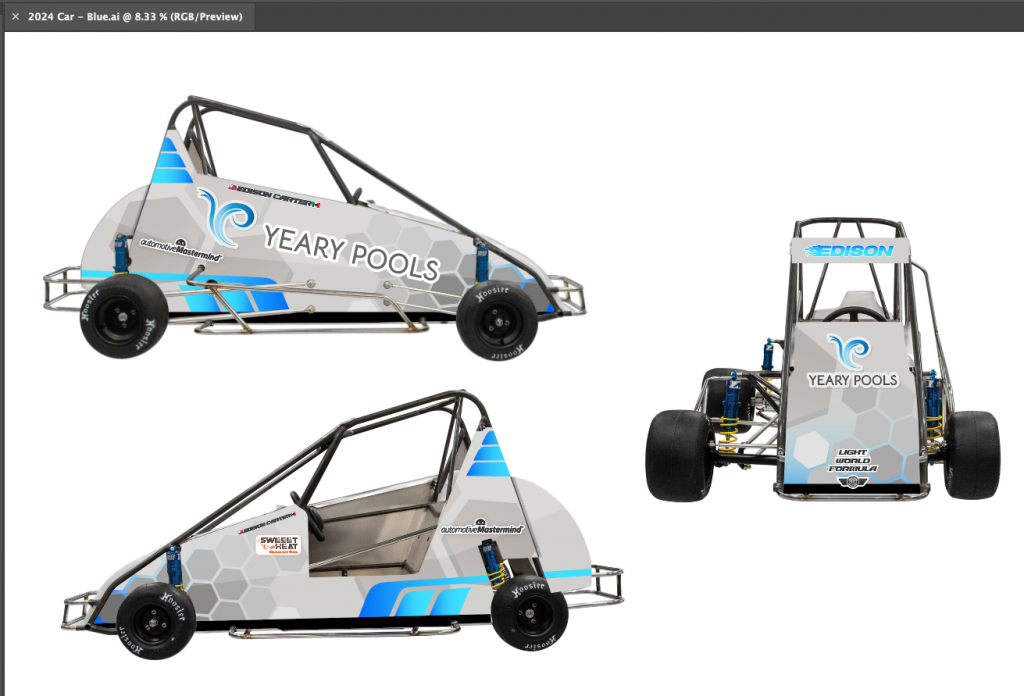





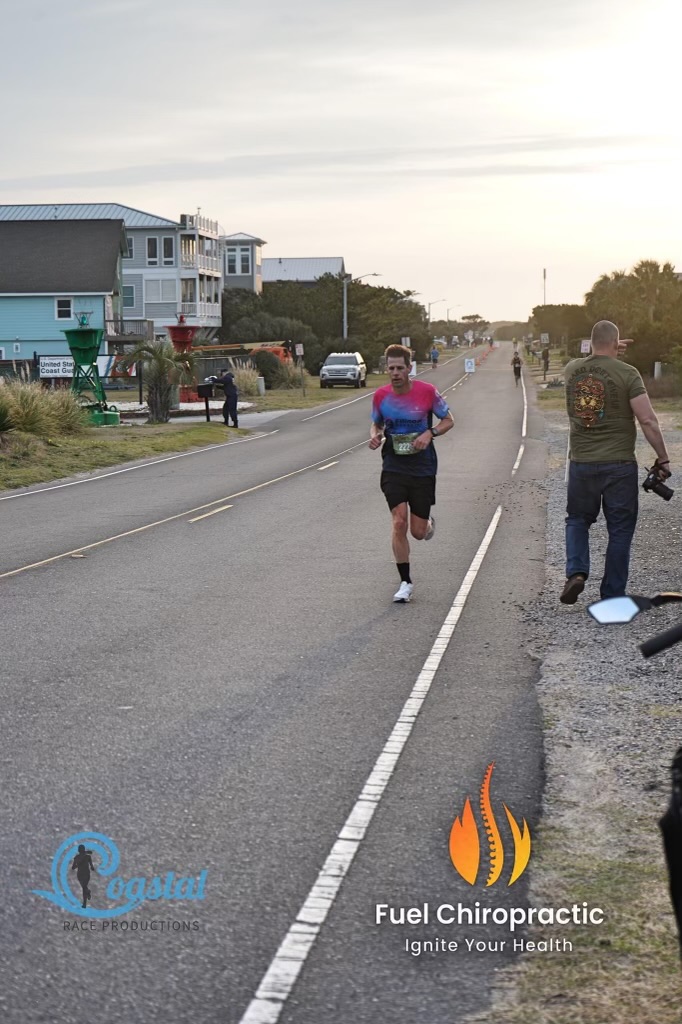



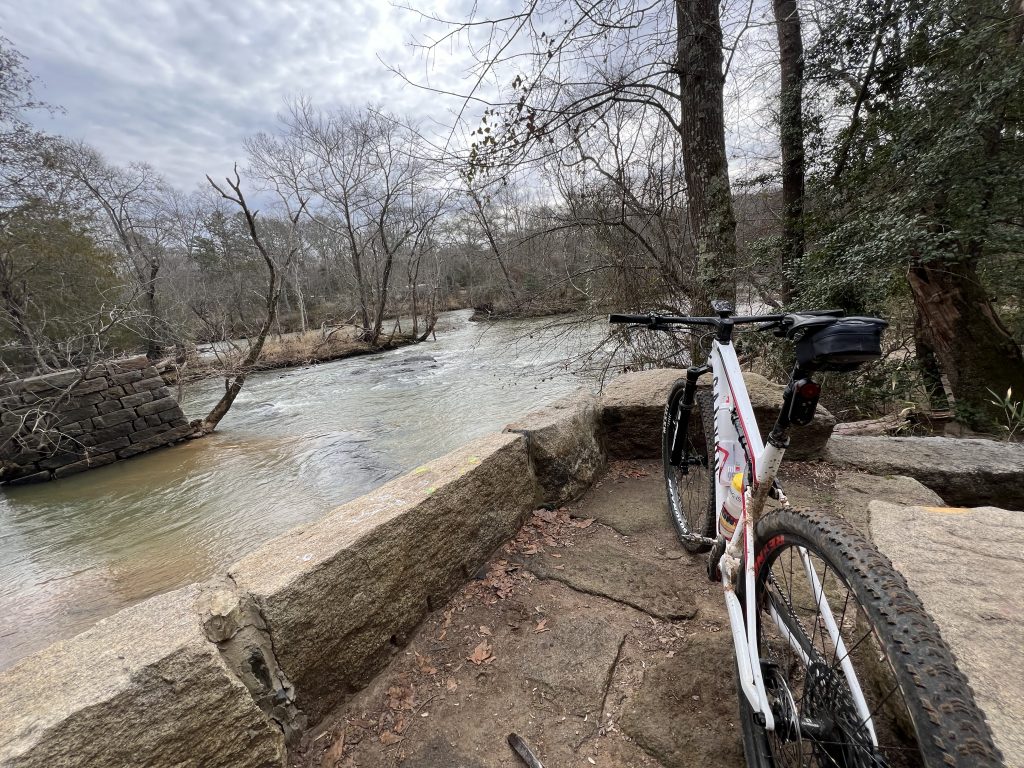
You must be logged in to post a comment.